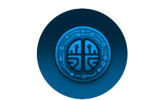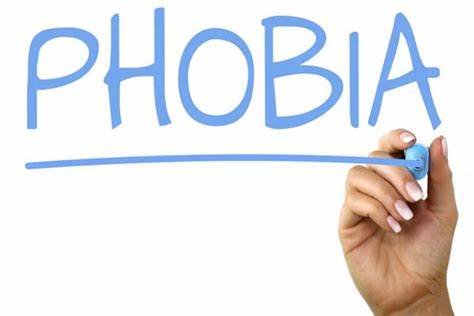For individuals with chronic illnesses and long-standing mental health diagnoses, finding the right pace for recovery can feel like navigating an ever-shifting landscape. Unlike acute disorders, which often provide a clearer path to recovery due to their short-term nature, chronic mental health conditions demand a nuanced and sustained approach to symptom management. Missteps in this process can lead to breakthrough symptoms or the reactivation of previously dormant challenges, underscoring the critical need for strategic and mindful recovery efforts.
The Necessity of Insight and Self-Awareness
From my own experience living with schizophrenia, I learned early on that positive outcomes in recovery hinge on a deep self-awareness of one’s symptoms and their patterns. Insight isn’t just helpful—it’s essential. Without understanding the chronic nature of an illness and how it manifests in everyday life, it’s nearly impossible to chart a meaningful path forward. This is why careful documentation and self-monitoring are invaluable tools for anyone seeking to manage a chronic condition effectively.
Clinically, I advocate for tracking progress through measurable indicators. Whether it’s maintaining steady employment, fulfilling daily responsibilities, or engaging in consistent social interactions, these metrics provide tangible benchmarks for recovery. However, for those facing isolation or more severe impairments, these traditional markers may fall short. In such cases, the involvement of a third party—whether a therapist, case manager, or other trusted allies—becomes a critical component of the recovery process.
The Role of Natural Supports
Recovery from chronic mental illness doesn’t happen in isolation. While professional supports like case managers or therapists are invaluable, they are often transient, tied to insurance coverage or agency assignments. On the other hand, natural supports—family, friends, and other organic connections—serve as the cornerstone of a sustainable recovery. These individuals, with their enduring commitment and vested interest in the person’s well-being, provide the continuity that professional supports often cannot.
Natural supports are particularly crucial during periods of vulnerability, when symptoms become active, or when the individual feels demoralized by setbacks. Their understanding of the person’s unique needs and their ability to offer both emotional and practical assistance make them indispensable allies in the healing journey.
Challenging Assumptions and Adapting Skills
A sustainable recovery also requires a willingness to challenge previous assumptions about what works and what doesn’t. As symptoms evolve and new challenges emerge, so must the strategies used to address them. Recovery is not a static process—it’s an ongoing effort to adapt and refine skills, leveraging every available resource to achieve and maintain stability.
This process demands a scientific mindset: testing solutions, applying reasoning, and being open to adjusting strategies as needed. It’s not about achieving a cure or becoming “undiagnosed.” Instead, it’s about finding ways to manage symptoms effectively and live a meaningful life, even in the face of ongoing struggles.
Embracing Recovery as a Stance
Recovery is not a destination—it’s a stance, a way of approaching life with resilience and determination. It requires acknowledging the chronic nature of mental illness while refusing to be defined or limited by it. By cultivating self-awareness, building strong support networks, and challenging assumptions about what recovery looks like, individuals can create a path to lasting health and wellness.
The journey is not without its challenges, but with the right tools, mindset, and support, it’s a path worth traveling. Recovery is about more than just symptom management—it’s about reclaiming a sense of agency and purpose in life. And that, ultimately, is the key to achieving a sustainable, fulfilling, and resilient recovery.
Max E. Guttman is the owner of Mindful Living LCSW, PLLC, a private mental health practice in Yonkers, New York.
- Max E. Guttmanhttps://mentalhealthaffairs.blog/author/max-e-guttman/
- Max E. Guttmanhttps://mentalhealthaffairs.blog/author/max-e-guttman/
- Max E. Guttmanhttps://mentalhealthaffairs.blog/author/max-e-guttman/
- Max E. Guttmanhttps://mentalhealthaffairs.blog/author/max-e-guttman/








2 thoughts on “Chronic Illness & Recovery: Setting the Pace for Sustainable Healing”
This post is really informative and provides great insights! Great read! Looking forward to more posts like this. Excellent post with lots of actionable advice! The content in this blog is truly eye-opening. This article is a treasure trove of information!
Thanks! That means a lot 🙂 I hope you continue to enjoy the content.